To read about Siem Reap, click HERE, about the Habitat for Humanity Jimmy Carter Work Project, HERE.
Throughout the weeklong Habitat for Humanity Carter Project, there was no time for cultural excursions or touristy activities. There was, however, a great opportunity to eat in many buffet style Southeast Asian restaurants for each night's dinner, and the chance to see authentic Cambodian dancing at both the opening and closing ceremonies.
Self-navigating Cambodia is not terribly difficult, as Phnom Penh and Siem Reap are tourist attractions and English-speakers are abound; Cambodians are also generally very friendly and polite. It's also worth noting that native Cambodians are known as Khmer, and their language is also called Khmer. As in Naples and most other non-US cities, expect traffic to appear crazy and loosely-regulated; if you want to cross a street, you need to abandon cautiousness and run at any openings you see. Motorbikes (vespahs) are the vehicles of choice, and it's common to see entire families situated on one bike with the youngest clinging to the handlebars up front. The local "bus" is usually a motorbike pulling a wooden cart with wooden planks for seats, and taxis are "tuk tuks," motorbikes with wheeled carriages in tow. Everything in Cambodia is relatively cheap and negotiable, so don't be afraid to barter.
In this entry, I will highlight some of the main attractions in the Cambodian cities of Phnom Penh and Siem Reap. Many of these are "must-dos" for anyone planning to visit Cambodia. A good plan would be to fly in to Phnom Penh and visit the sites there, and then either fly, bus or boat up to Siem Reap. We took a 6 hour bus ride to Siem Reap, stopping at a pit stop that allowed for the buying and sampling of fried tarantula. Though it might sound disgusting, it's truly not that bad.
Russian Market
This market has existed since the 1980's communist era and currently hosts dozens of shops under a roof. You can get fresh produce and meat, tropical fruits (try dragon fruit, rambutan, and mangosteen), local crafts, clothes, silks, home goods, jewelry (silver is charged by weight), CD's and DVD's, etc, all at decent if not high quality, and stunningly low prices. Don't forget to bargain!
The Royal Palace
The Royal Palace in Phnom Penh is where King Norodom relocated the country's capital in the mid-1800s. Prior to this time, the capital was in Oudong, located an hour's drive away from Phnom Penh, where the Habitat for Humanity build site was located (see previous blog for details on the build). I unfortunately was unable to visit The Royal Palace due to ceremonies occurring on the day I was there, but you can read more about the palace here.
The National Museum of Cambodia
Located next to The Royal Palace, this museum is the world's largest exhibit of Khmer artifacts, with prehistoric, pre-Angkor, Angkor, and post-Angkor items. It's great for history buffs (in other words, after 15 minutes, I was bored and ready to go).
Toul Sleng Genocide Musuem (S-21 Prison)
Located in Phnom Penh, Toul Sleng (meaning "Hill of Poisonous Trees") was a high school before it was transformed into Security Prison 21 (S-21) by the Khmer Rouge during its reign of terror from 1975-1979. The building was enclosed with barbed wire and classrooms were turned into prisons and torture chambers, all evidenced by the remaining iron bars covering windows and in some cases blood staining the floors. There is also a posting of the security rules of regulation, which give a taste of how strictly controlled the prison was. An estimated 17,000 people were imprisoned at Toul Sleng, and many were tortured and killed there. The museum is open to the public and averages several hundred visitors a day. Ironically, the man accused of running this prison Comrade Duch, was on trial and flooding the BBC news channel while we were in Cambodia. Read article HERE.
The Killing Fields of Cheoung Ek
This is the infamous site where at least 200,000 people were executed and buried by the Khmer Rouge during the late 1970s. Cheoung Ek is presently the representative monument of the Killing Fields and it is presently a Buddhist memorial to the terror. The large white temple has stacks of human skulls and bones encased in glass, and the surrounding fields are presently green, peaceful, and teeming with wildlife, although wooden signs point out now grassy pits where corpses once rotted. While Toul Sleng is located in the city, the Killing Fields are a 30 minute tuk tuk ride away from town.
Stung Meanchey Garbage Dump
As a third world country, many expect poverty to be rampant and obvious, but I was surprised to find this was not the case, especially in Phnom Penh. While it's not London or Manhattan, Phnom Penh seemed much more modern and richer than I had expected. That's not to say that tragic poverty does not exist. Visit the garbage dump for a real taste of what poor Cambodians such as the recipients of the Habitat for Humanity houses we built are experiencing. I wasn't able to visit, but I definitely would if the opportunity presented itself.
NagaWorld Casino/Hotel
The only legal casino in Cambodia, this monster of a building is hard to miss and it colorful outdoor water shows attract locals and tourists to sit on the lawn across the street to enjoy the show. I didn't actually visit this casino, but its gargantuan size and modernity attract attention, especially since our little hotel was a stone's throw away from NagaWorld.
Monday, November 16, 2009
Subscribe to:
Post Comments (Atom)
Tags
"Los Angeles" CA travel random "Independence Day"
(1)
accommodation
(1)
Americus
(1)
Amsterdam
(1)
Angkor Wat
(1)
Atlanta
(1)
bagel
(1)
Bahia Drake
(2)
Bali
(1)
Barong
(1)
Bavaria
(1)
beach
(1)
Big Apple
(1)
Cambodia
(3)
Caño Island
(1)
Casa Horizantes
(1)
castle
(1)
Clinton Street Bakery
(1)
CNN studio
(1)
Coca Cola
(1)
Corcovado
(2)
Costa Rica
(8)
Den Haag
(1)
Drake Bay
(2)
Eat Pray Love
(1)
Eckhart Tolle
(1)
Elizabeth Gilbert
(1)
Empire State
(1)
Europe
(2)
food
(1)
Füssen
(1)
genocide Killing Fields
(1)
Georgia
(2)
Habitat for Humanity
(1)
happiness
(1)
Harburg
(1)
Hohenschwangau
(1)
Holland
(2)
ice bar
(1)
Indonesia
(1)
Isla de Caño
(1)
Jimmy and Rosalynn Carter Work Project
(1)
Jimmy Carter
(2)
Kecak
(1)
Khmer
(1)
Kuta
(1)
La Sirena
(1)
Limón
(2)
Los Patos
(1)
macaw
(1)
Manhattan
(2)
Mekong
(1)
molecular gastronomy
(1)
NagaWorld
(1)
National Museum
(1)
Netherlands
(2)
Neuschwenstein
(1)
New York
(2)
NYC
(2)
Osa Peninsula
(2)
Phnom Penh
(1)
Plains
(1)
pleasure
(1)
Puerto Jimenez
(1)
Puerto Viejo
(1)
Red Light District
(1)
Rijks Museum
(1)
Romantic Road
(1)
Rothenburg
(1)
Royal Palace
(1)
Sara Beth's
(1)
Seminiyak
(1)
Siem Reap
(1)
Sierpe
(1)
snorkeling
(1)
Suzi Pratt
(1)
Suzi's Shots
(1)
Ta Prohm
(1)
Tanah Lot
(1)
temple
(1)
The Power of Now
(1)
Toul Sleng
(1)
tour
(1)
travel
(1)
Ubud
(1)
Uluwatu
(1)
Van Gogh
(1)
Wageningen
(1)
WD50
(1)
Yellowstone "national park" "West Yellowstone" park wildlife Montana
(1)


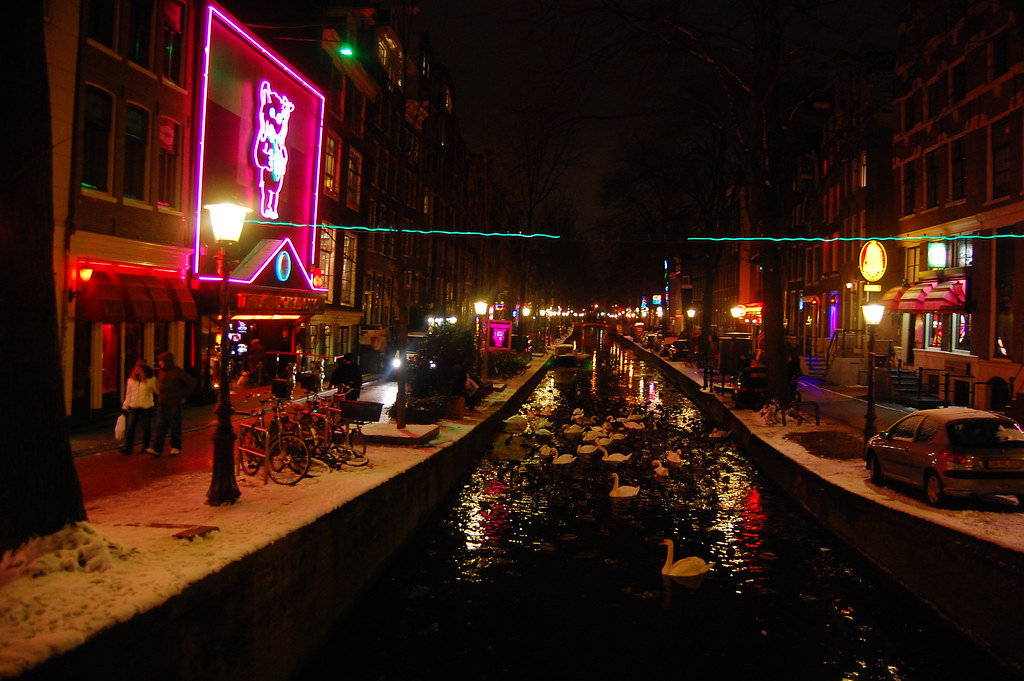



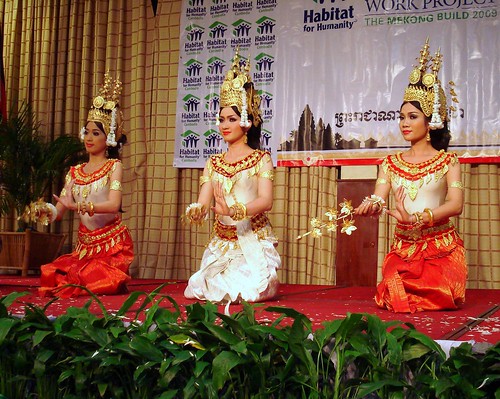
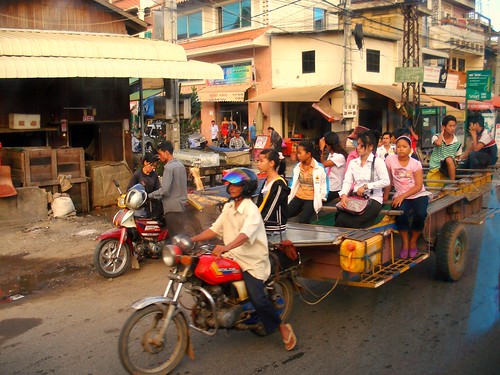


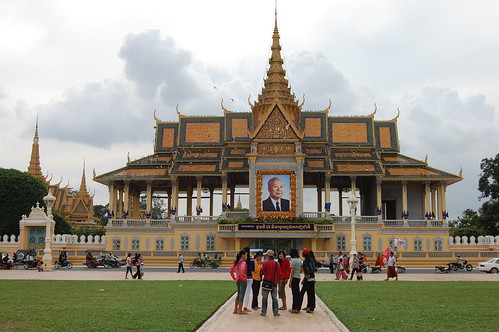
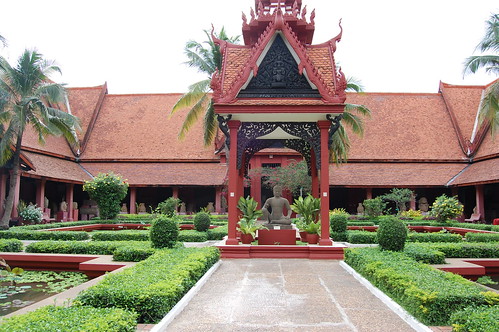


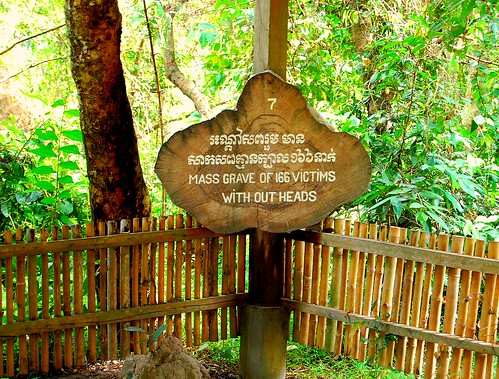
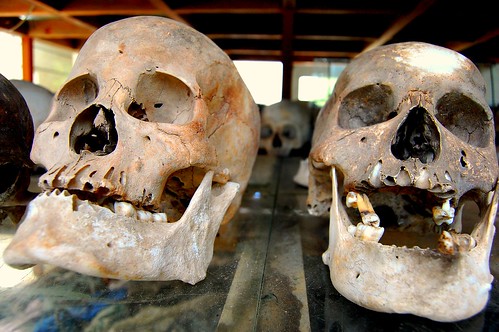



0 comments:
Post a Comment